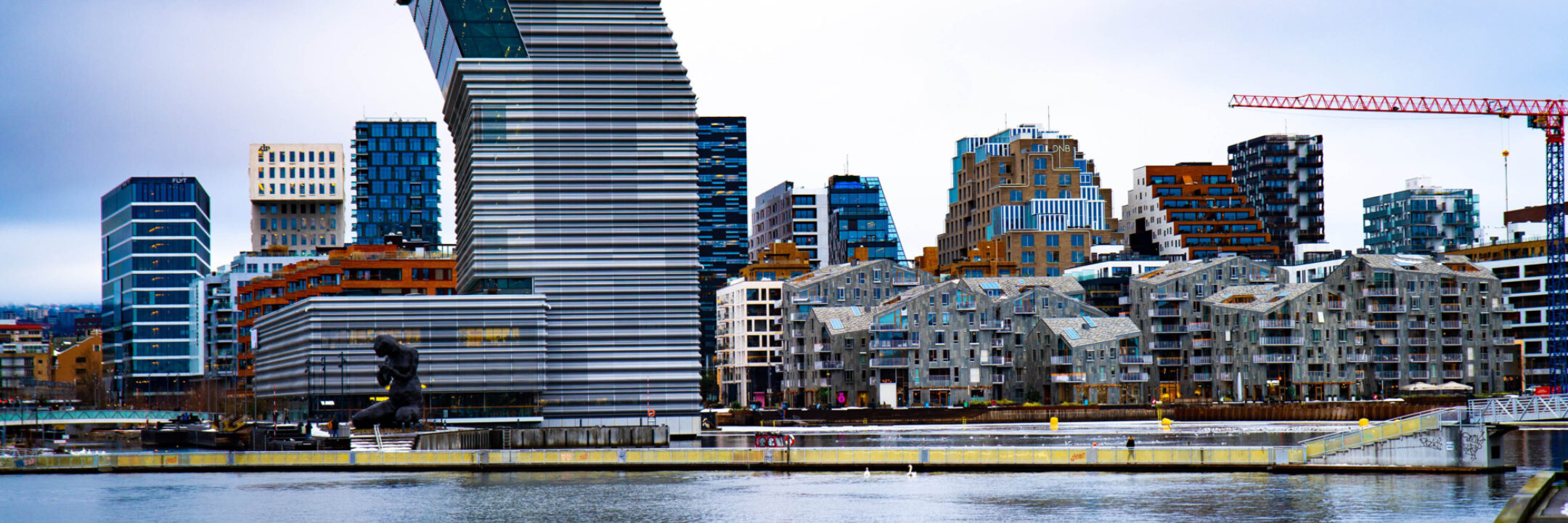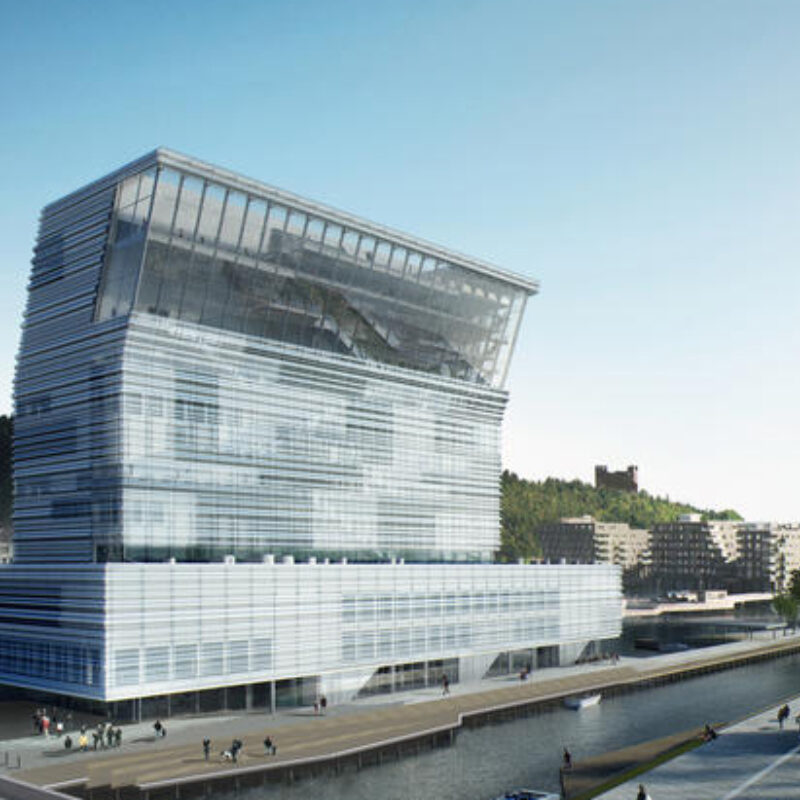
Norwegian vacuum technology in the Munch museum
The new Munch Museum in Oslo, Norway, opened to the public in 2021. Here you are able to experience Norwegian art heritage in unique surroundings. Norwegian innovation and history is not only on display in the grand galleries; world-leading Norwegian environmental technology is used in the building’s sanitary system.
Type of project: Museum
Challenge: High demands for energy efficient solutions, as well as eliminating risk of water leakages over the exhibits.
Jets® solution: Using vacuum, piping can go up to the ceiling and lead away from the exhibits without needing to relocate the toilet facilities.
The Spanish architecture firm Herreros Arquitectos won the competition to design the landmark building. The museum’s 26,000 square metres spread over 16 floors are housing art collections by Munch, Stenersen, Amaldus Nielsen and Ravensberg, as well as various international exhibitions.
Protecting cultural treasures
Norwegian and international cultural treasures must be protected in the best possible way.
“Although water leaks were extremely unlikely, the customer could not risk it,” states plumbing engineer Nicolai Håbesland in Multiconsult. Together with three other companies, Multiconsult is responsible for the project engineering of the build.
Water and drain pipes from the planned toilets could not be laid in the floors above the exhibition areas due to the risk of leaks,” he says. “That is why we contacted Jets Vacuum AS, and it became clear that with the company’s vacuum solution the layout of the building could remain unchanged.”
The Vacuum Solution
“With Jets® vacuum technology the pipes can be lifted to the ceiling instead of being laid in the floors,” explains sales manager buildings, Magnus Holstad, in Jets Vacuum AS. “We are proud to deliver a technical solution to this modern and innovative building, that eliminates the cost and inconvenience of having to move the toilets.”
Energy-Efficient
Vacuum toilets only use one litre of water per flush. “Although saving water was not a decisive factor in this project, you need to consider that all water going into and out of a building must be treated - and that requires energy,” underlines Holstad. The new Munch Museum is being built as a passive house with great attention to energy efficiency and reduced CO2-emissions. It’s a FutureBuilt pilot project and receives funding from the Norwegian state enterprise Enova.

Less water and sewage
“Some may claim that reduced water consumption is a superfluous bonus in a city like Oslo, with plenty of water to go around, but then you need to bear in mind the significant savings that can be drawn from less use of energy, reduced handling costs, and less piping,” says Holstad animatedly. “Naturally, the focus on reduced water consumption is greater in countries with limited access to drinking water, but even in Norway, we can see that reduced water consumption is a key factor in the nation’s overall resource management,” he underlines.
Climate and the future
We use enormous amounts of energy to purify water into drinking water – only to flush this precious water down the toilet! In addition, all the water we consume must be handled and cleaned after it reaches a sewage system already under pressure. “Undoubtedly, reduced water and sewage volumes yield significant energy savings, explains Holstad enthusiastically. “Vacuum toilets reduce water consumption by up to 90%, without in any way compromising on comfort,” he ends with a smile.